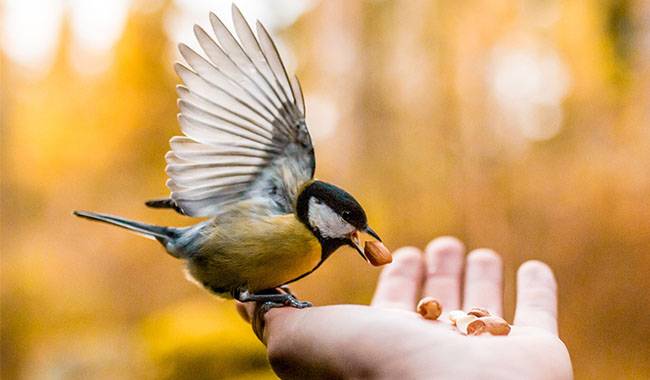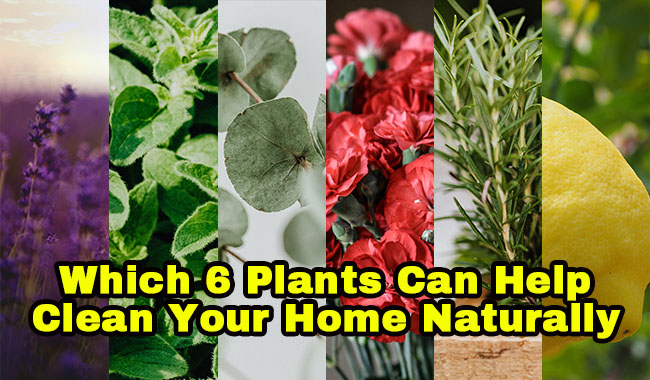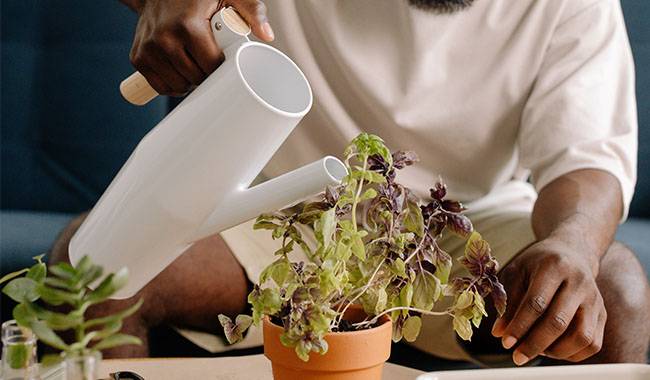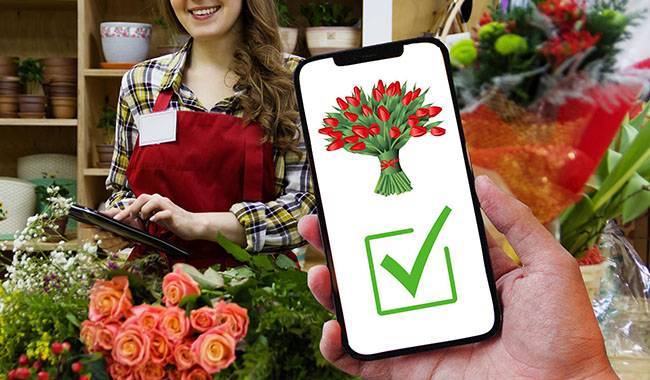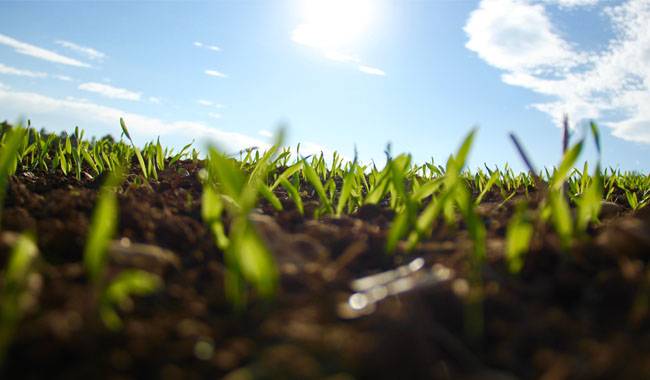
Growing seedlings of any vegetable crop is a rather complicated process that requires your attention and care. So, before you try to grow seedlings yourself, think about whether you have enough time and all the possibilities of space, supplemental lighting, fertilizer, seedling containers, etc. To get fully developed plants that can then be planted in a greenhouse or open field. Wouldn’t it be simpler to buy seedlings directly?
If you still decide to grow seedlings yourself, then today we will tell you about the basic mistakes in sapling production, avoiding which you can get high-quality plants, proper care later on in the open ground – and a good harvest. After all, planting and planting seedlings correctly is only half of the success, but a very important half.
Errors in storing seeds
Thus, the first mistake is storing seeds in the wrong way, with the result that they partially or completely lose their ability to germinate. In most cases, gardeners, especially beginners, do not even consider where to store the seeds collected from varieties, putting them in plastic bags, in a drawer of the kitchen table, or on a shelf. As a result, the seeds are stored in a rather humid and very warm room, which sometimes has a very negative effect on their later germination.
In a warm environment, seeds quickly lose their ability to germinate and it may only take a few months, and if they will still be lying in a place where they have access to air, for example, poured into a box without a lid, then most likely a month will be enough to make them obsolete.
Remember: Seeds are best stored at aggressive but low temperatures usually no more than 50°F (10°C). Another important factor to consider is the humidity of the room where the seeds are stored. It has been noted that if the humidity is high (over 85%), the seeds become worthless just as quickly as if they were stored in a dry room at a temperature above 68°F (20°C) above zero.
Some growers recommend freezing seeds, i.e., putting them in the freezer of a standard household refrigerator. In this freezer, the seeds actually stay there longer and don’t lose their ability to germinate, or they do, but they do so slowly. This is good, but in the meantime, the seeds actually go into hibernation and will not germinate when sown unless they are awakened. To awaken the seeds, a negligible amount of heating can be done – placing them in water at a temperature of about 40 degrees for two or three hours.
The best conditions for storing seeds are temperatures within 44-50°F (7-10°C) that do not jump up and down with the weather outside and humidity not exceeding 60%.
Mistakes in seedling preparation
Gardeners who buy seeds in stores or from friends try to protect future plants as much as possible from negative factors, for example, fungal diseases. Therefore, they dress the seeds with various poisons, often without taking into account the concentration of these poisons.
Remember that the concentration of toxic substances must be observed strictly in accordance with the instructions on the packaging of these preparations (neither higher nor lower than the prescribed concentration, because in the second case, it will not be effective at all). In this case, you should only use preparations that are approved and suitable for these or these crops’ seed dressings. This also applies to growth stimulants, otherwise, you will kill the seeds outright.
When buying seedlings seeds, always read the description and what is on the package. A number of companies now sell seeds that have been treated with protective ingredients, growth regulators, or mordant seeds, which must be stated on the package. Of course, this is to stand out from a large number of seed-producing companies, but in this case, the attempt is good and it works in your favor. You may even pay too much for such seeds, but you don’t have to bother about them in the future.
Incorrect seed hardening
Another mistake related to seeds is the incorrect and untimely hardening of seeds. Experienced gardeners often recommend not hardening the seeds at all, because they believe that it makes no sense since the seedlings usually grow in the most comfortable conditions. With this in mind, it is possible not to harden the seeds, but if you decide to do so, harden the seeds without shoots after soaking but before germination, otherwise, you risk killing the shoots and the seeds will not grow anything.
Wrong time to sow the seeds
The timing of germination is very important: if you sow too early and the shoot is not ready to be sown because it is still cold outside, then it will overgrow and wait for the right conditions. If you sow too late, it will not be fully developed by the time it is planted in the ground, so there will be a delay in getting a harvest, and in some cases, you may not get a harvest at all.
Seeding is usually done in early March and early April for most vegetable crops, but for more heat-loving crops, such as bell peppers and eggplant, you can sow earlier, such as around mid-March. In addition to stretching or failure to grow seedlings to the desired size and degree of development, seedlings planted at the wrong time can also suffer from unfavorable light conditions. It will begin to stretch to the degree of accommodation, or will be observed to form brushes (as in tomatoes).
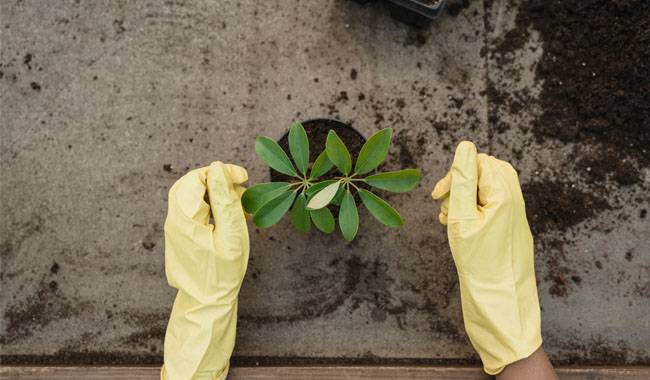
Misconceptions about seedling soil selection
When sowing seedlings, be sure to pay special attention to the composition of the soil in which they are sown. Do not use “worn” soil, dense clay, and places taken from an “unknown past”. It is best not to get soil from anywhere else at all, as you may get quarantine pests on your plot. You don’t need to buy soil from a store because of the extra financial cost; you can simply prepare it yourself because it is not complicated at all.
It is best to prepare the soil for seedlings as early as autumn, that is, in advance, almost six months in advance. There is a universal mixture in which the vast majority of seeds of various crops will germinate. This mixture consists of a few parts of humus or compost, one part of semi-decomposed sawdust (they should be gray), and one part of sand (it is better to take a medium portion of river sand, just wash it). All this is mixed thoroughly and the seeds are sown in such a mixture.
Intensive planting
We have reached the stage of sowing seeds, it seems, and what mistakes can there be? But they are present, for example, excessive thickening at the time of sowing. Of course, it is ideal to sow one or two seeds in pots with moist peat, but more often than not, the seeds are sown in boxes, covering the soil with an almost even layer of seeds. Naturally, dense planting will make them grow weak, compete for nutrients and water, stretch, will seek to “grab” more light for themselves, and eventually the seedlings will be lopsided and weak as a result.
Don’t forget disease: thickened crop plants with black legs can kill half to all of the plants in a box. To find out what the optimal sowing distance is, pay attention to the seed packet, where it will surely be stated. Different crops like different distances and this should definitely be taken into account.
Depth of seed sowing
The same can be said about the depth of sowing. There is a general rule for gardeners that “the sowing depth of a given seed corresponds to its two diameters”. In fact, this is true, but if the seed is sown too deeply, it may not take root. Again, this is where the instructions on the seed package come into play: the sowing depth should always be stated there, especially if it is a reputable company that wants to get ahead of its competitors and break into the market.
Inadequate lighting for seedlings
After sowing is the seedling care period and it starts with the installation of additional plant lighting. It is not necessary to hide the container or box in a dark place while the seedlings have not yet germinated; simply place the box on a southern windowsill and wait for the seedlings to emerge. Once the seedlings appear on the soil surface, you will need to provide them with additional plant lighting to manually perform extended light hours and bring them up to 11-13 hours (depending on the culture) with the help of additional lighting.
Lights should be turned on 1-2 hours before sunrise and 1-2 hours after sunset. Sometimes this is also true during the day. It is very easy to check if you need extra light during the day, you just turn on the light during the day and if it gets noticeably brighter then you need extra light, but if it is a sunny day and nothing should change then no extra light is needed.
Wrong watering
Water is life. However, if too much water is poured, it can be fatal to the seedlings. For example, you should not water too much immediately after sowing. During this period, it is enough to spray the soil with a sprayer to moisten it slightly, and to prevent water evaporation, cover the top of the container with food film. By watering vigorously after sowing, you can actually “flood” the seeds or even bury them slightly, which will delay the appearance of shoots on the soil surface. Of course, sowing in absolutely dry soil won’t do any good, so you should wet the substrate before sowing (it will be better).
Later, when the sprouts are still small, you can use the same sprayer, and once they are bigger, water them in a standard way, for example with a cup. It is important not to overwater the soil or let it dry out, which is no less dangerous than overwatering – the roots of the seedlings will simply dry out (instead of rotting, as in the first case) and the plant will die.
Don’t water seedlings with heavy water, especially tap water. First of all, it is quite cold there, and secondly, there may be chlorine additives there that are destructive to the plants. You can use rainwater, melted water, or water that has been sitting for at least a day. Heat it to room temperature before watering to avoid overwatering.
Limit watering sharply until you stop watering altogether, only a day or two before planting seedlings in the field. In fact, plants saturated with water are more fragile and may suffer more during transplanting than slightly dehydrated and more depressed copies.
Incorrect fertilization
Nutrition is also important when growing seedlings – don’t assume that seeds contain all the necessary substances to form complete plants on their own. Feeding is required, but in fairly small quantities and in a timely manner.
For example, it is better not to fertilize at all until the seeds are submerged in a separate cup of seedlings, and then, 4-5 days after harvesting, you can feed nitroglycerin, a tablespoon of compound fertilizer dissolved in a bucket of water. About one liter of such solution is needed per square meter of the nursery box. Depending on the growth rate and pace of development of the seedlings, fertilization can be done at least every two weeks, but more often is not recommended.
If you abuse fertilizer and leave the seedling at home for a long time, it may somehow grow too fast, which can also adversely affect its further growth and development after transplanting to a permanent place in the ground. At the time of output, seedlings should be sturdy, with thick stems and strong root systems, but not elongated and tall, at best, lodged.
Lack of seedling hardening
Do you remember the phrase – “If you want to be healthy – harden”? The fact is that hardening strengthens the immune system, and a strong immune system is a guarantee of health for humans and seedlings. With this in mind, do not send seedlings from the window sill directly into the seedbed. Be sure to harden and gradually deteriorate the “habitat”.
The first few days the seedlings can do only a few hours on the balcony or terrace, only 2-3 hours, increasing the time she spends there every day, so until the whole day. If there is no balcony or terrace, try to place the seedlings under an open window or window under the above scheme. Only after hardening, you can plant seedlings in the ground.
Here, perhaps, are all the mistakes that can occur when planting seedlings. If I forgot something, then write about it in the comments. Both I and the readers will find this additional information very useful.




